Take Advantage of AI-ML for Big Data Analytics
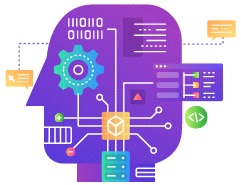
There is far more data being generated today than humans can analyze in any meaningful way. Companies are diving deeper into their data to increase efficiency, gain a greater competitive advantage, and boost their bottom lines. That’s why companies are looking to implement artificial intelligence (AI) to have a more comprehensive analytics strategy to achieve business goals.
AI and Big Data Analytics
Artificial Intelligence is an area of computer science which focuses on the creation of intelligent machines that work and react like humans.
Big data analytics inspect vast amounts of data to uncover hidden patterns, correlations, and other insights.
AI can help us find meaning by digging deeper into large data sets and improving the speed and accuracy of decision-making. Artificial Intelligence automates the complex analysis of the Big Data to fetch several meaningful and sensible data for accurate predictions and positive outcomes, that otherwise would have been extremely difficult to extract, by merely performing labor-intensive tasks by humans. That certainly makes AI and Big Data seem inseparable.
Why is Big Data Analytics Important?
Big data analytics helps businesses harness their data and use it to recognize new opportunities. Businesses can make smarter moves, improve operational efficiency, obtain higher profits, and have happier customers. Companies can get value from big data in the following ways:
Cost Reduction: Big data technologies, e.g., Hadoop, Spark & cloud-based analytics, bring significant cost advantages as far as storing large amounts of data is concerned.
Faster/Better Decisions: The speed of Hadoop & Spark’s in-memory analytics along with the capability to inspect new sources of data, businesses can analyze information quickly and make decisions based on what they have learned.
New Products and Services: Analytics gives us the ability to gauge customer needs and satisfaction, which empower us to give customers what they want. With big data analytics, companies are building new products to fulfill customers’ needs.
How to Leverage AI for Big Data Analytics?
Most businesses have lots of data, and they want to make use of that data and extract value from it. So how can we do it?
Machine Learning is an arm of AI which deals with the concepts that systems can learn from data, pinpoint patterns & make decisions with minimal human intervention.
Machine Learning Algorithms Cheat Sheet
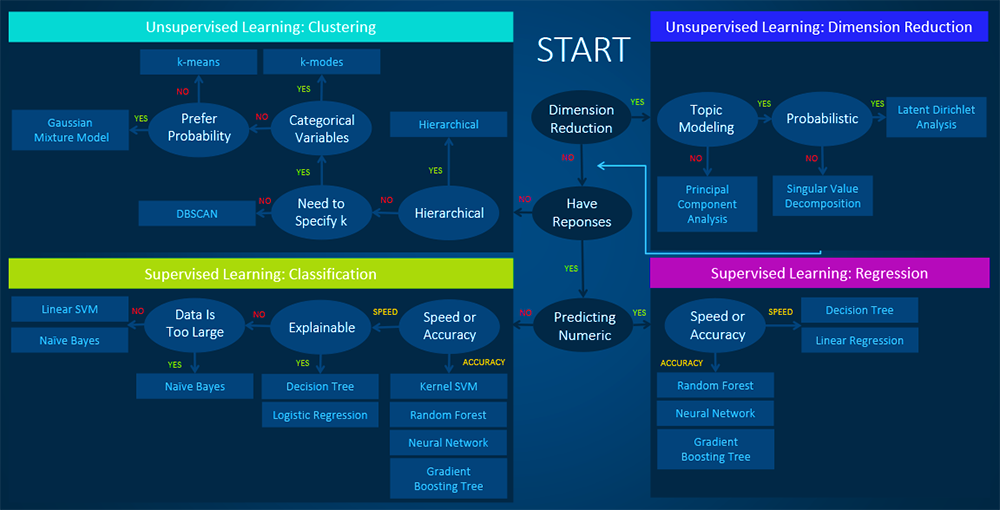
The cheat sheet helps us to choose from a variety of machine learning algorithms to find the appropriate algorithm for our specific problems.
Categories of Machine Learning Algorithms
Below are the most popular kinds of machine learning.
Supervised LearningIn this type of algorithm, forecasting happens based on examples. For instance, prior sales can be used to determine future prices. In this algorithm, we have an input variable that contains tagged training data and an intended output variable. We use an algorithm to examine the training data to grasp the function that maps the input to the output. The deduced function maps new, undisclosed examples by deriving from the training data to foresee outcomes in invisible situations.
Classification: If the data is used to forecast a categorical variable, supervised learning is known as classification. For example, setting a label to an image e.g., dog.
Regression: The forecasting of continuous values is called a regression
Forecasting: The process of making guesses on the past & present data. For instance, the estimation of future sales based on the sales of the current & past years.
The supervised learning is expensive and time-consuming due to labeling of data. If tags are limited, we can take advantage of unlabeled examples to strengthen supervised learning. The machine, in this case, is semi-supervised as it is not wholly supervised. We leverage untagged samples with some labeled data to better the learning correctness.
In unsupervised learning, the device is given entirely untagged data. It is inquired to uncover the intrinsic patterns that are essential to the data. For instance, a clustering structure, a low-dimensional complex, etc.
Clustering:It is the composition of identical data samples. Research can be done in each cluster to help users to identify patterns.
Dimension Reduction: Decreasing the variables under examination. Reducing dimensionality helps to observe the underlying relationship.
In reinforcement learning, we examine and improve the conduct of an agent based on the reaction from the environment. Devices try numerous cases to uncover actions that offer a better reward. Trial & error and slowed reward differentiate reinforcement learning from other methods.
Royal Cyber:
Royal Cyber has certified AI/ML consultants to help you take advantage of artificial intelligence to get data insights and make better decisions.
For more on our AI/ML services, please visit the below URL:
https://www.royalcyber.com/technologies/machine-learning-services

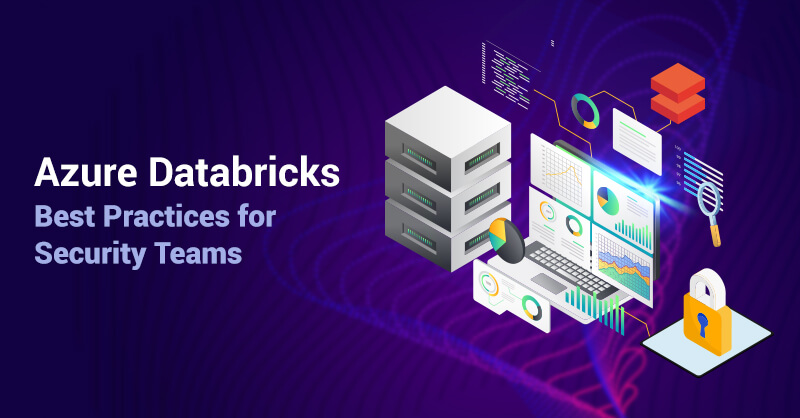
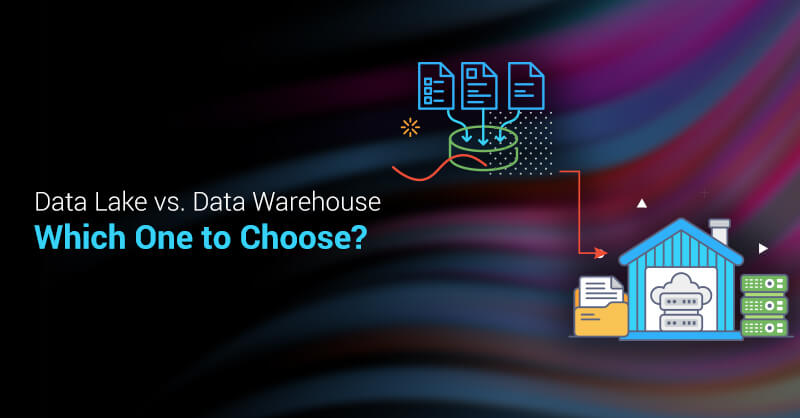
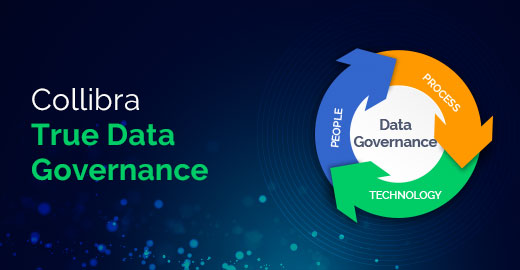
3 Comments
Hi… These blogs offer a lot of information about Big Data Development.Your blog is incredible. I am delighted with it. Thank you for sharing this wonderful post.
I find your opinion quite interesting
Nice post! This is a very nice blog that I will definitively come back to more times this year! Thanks for informative post.